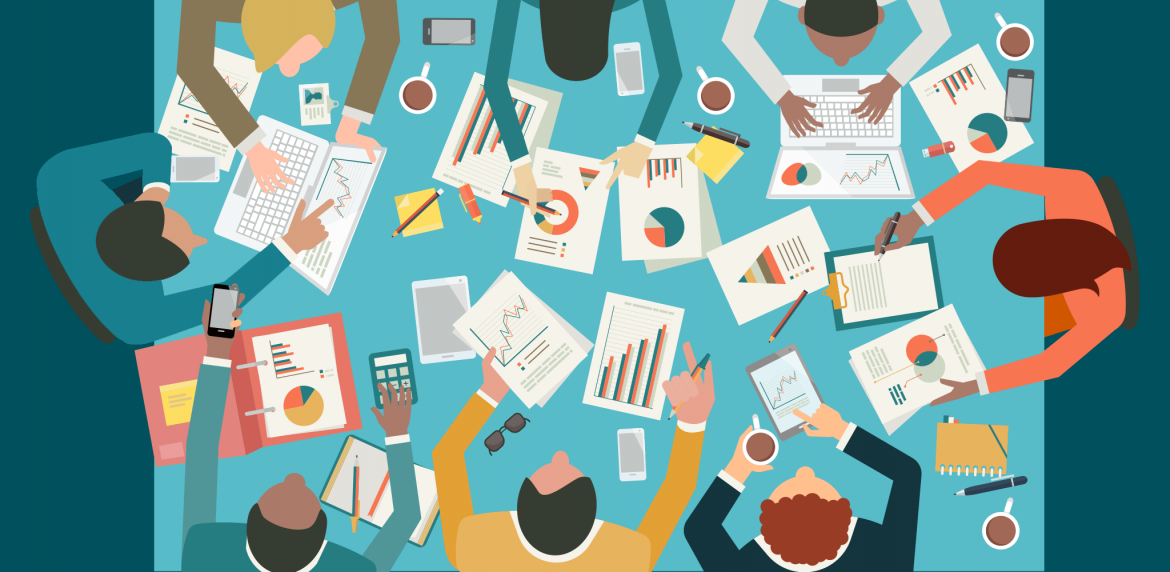
It’s easy for non-disabled website developers to forget that they need to consider the barriers that millions of Americans confront when using the internet. Making your site accessible for people living with disabilities displays your organization’s compassion. It also helps improve your SEO, which can lead to higher page rankings.
Interested in improving your site’s SEO and making its features more empathetic to diverse visitors? Tell us about your project!
Why Site Accessibility Matters
Site accessibility becomes very important when you look at population statistics. In the United States alone:
- 19.9 million people have difficulty lifting and grasping objects, preventing them from using traditional computer accessories like a keyboard or mouse.
- 8.1 million people live with impaired vision that can make it difficult or impossible to read a standard computer screen.
- 7.6 million have hearing impairments that prevent them from using online media.
Site accessibility matters because it removes barriers, giving more people access to the internet. It seems obvious that you should make it easy for everyone to use your site, right? Despite that, research shows that 98 percent of homepages don’t follow all Web Content Accessibility Guidelines (WCAG).
Ways to Make Websites More Accessible
Website developers concerned about accessibility often rely on long checklists to make pages easier for more people to use. Some items on the checklist don’t require a background in development, though. Practically anyone can improve web accessibility by:
- Adding “alt text” to visual content so computer apps can describe the visuals to people with vision impairments.
- Providing video transcripts for people who do not hear well.
- Creating straightforward content with short sentences and well-known words so more people can read and understand your text.
- Taking a few steps that make PDFs easier for more people to “read.”
- Using clear headings, page titles, and anchor text that describes content.
- Building a sitemap that helps people find the pages they want to access.
Unfortunately, you can’t solve every accessibility problem. For example, you can’t do much to assist someone who cannot use a keyboard. You can, however, make it possible for millions more people to use your website.
Improve Your SEO While Making Pages More Accessible
As you improve your site’s web accessibility, you also make your pages more attractive to search engine crawlers. Search engine crawlers cannot see images, watch videos or listen to audio. They also don’t have advanced cognitive abilities that help them navigate complex sites. When you follow WCAG, you automatically make your site more accessible to search engines.
When you add a video script, search engine crawlers can “see” your video content by scanning the written content. A transcription of your podcast or webinar has similar benefits. Adding alt text to an image tells the crawlers what the image looks like.
Other SEO benefits include:
- Lowering your bounce rate by giving readers information they can access.
- Attracting more inbound links than competitors that don’t prioritize accessibility.
- Helping search engines find your content with help from title tags, descriptive headers, and anchor text descriptions.
Ultimately, it makes sense to follow WCAG because you want your content to be viewed by as many individuals as possible.
Nonprofits and Schools Have an Obligation to Web Accessibility
Web accessibility becomes essential when you have a site for school or nonprofit. Schools have obligations to all students and potential students, regardless of their abilities. The people using nonprofit websites might have physical or mental limitations that prevent them from using your services. No one should lack access to your website when it can be easily updated to meet web accessibility guidelines.
Further reading and resources: